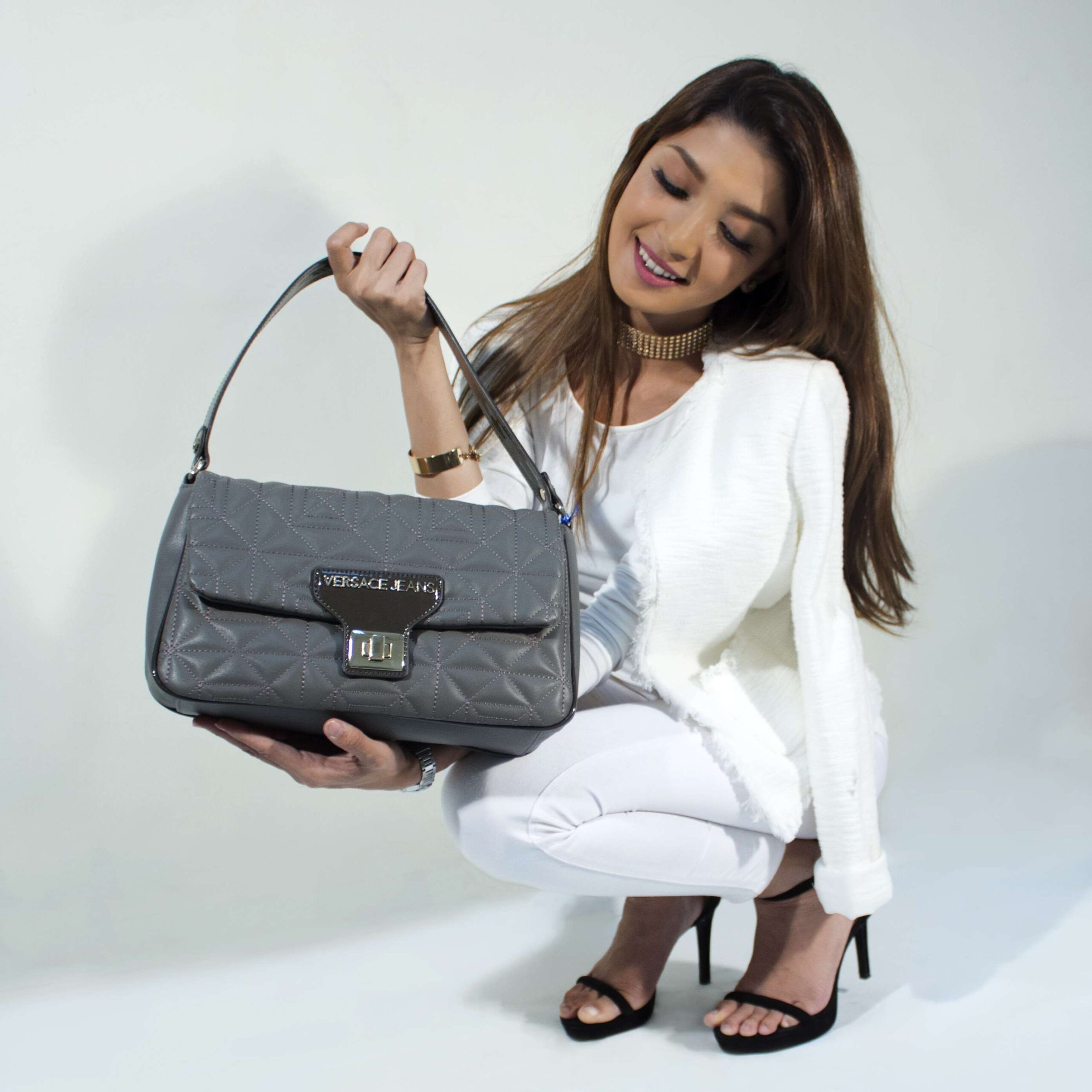There are few material goods that appreciate in value over time like designer purses. The best bags from iconic brands like Louis Vuitton and Chanel retain their resale values, and are worth the investment for those who love to collect them.
From party-perfect clutches to carry-everywhere satchels and logo totes, shop the season’s most coveted designer purses that are worth the splurge. WWD curated the top-performing styles based on data from go-to luxury resale sites like The RealReal and Fashionphile.
Ferragamo
After honing his skills for thirteen years in the United States, Ferragamo returned to Italy in 1927. When he died in 1960, his luxury empire was passed into the hands of his wife Wanda and their children. Wanda brought mechanization to the company while implementing strict quality control.
In addition to the designer purses, the brand also offers slim leather belts with the iconic Gancini buckle, silk printed scarves, and stylish sunglasses. They also have a range of eye-catching shoes that feature the signature Italian design aesthetic.
Salvatore Ferragamo was born in 1898 in Bonito, a small village outside of Naples, Italy. He was the eleventh of fourteen children and always wanted to be a shoemaker. His parents rebuffed him, as they saw it as a lowly trade. But when his two sisters needed white shoes for their first communion, he stayed up all night creating them using the techniques he learned from watching a village craftsman.
Mansur Gavriel
Launched as an accessories label in 2012, Mansur Gavriel skyrocketed to cult-favorite status with their pared-down, made-in-Italy carryalls. Since then, designer Rachel Mansur and co-founder Floriana Gavriel have added shoes and ready-to-wear, with clean silhouettes and luxe colors that modern-minimalists love.
Their 100% sell-through rate means that the brand never has excess inventory, and their designs transcend seasonal trends to appeal to a broad customer base. Additionally, the female-led brand is continuously looking for ways to minimize waste. For example, they recently launched a capsule of upcycled woven totes, which were designed using superfluous leather trimmings from previous collections.
While Mansur Gavriel hasn’t yet seen any major competition in the $500-699 price range, their style has influenced many other brands to create similar it bag shapes. For instance, vegan brand Staud is gaining popularity with its Bissett bag, and Danse Lente has a line of handbags with a similar look but a lower price tag.
Louis Vuitton
Louis Vuitton is a Paris-based luxury leather goods and fashion house founded in 1896 by Georges Vuitton. The brand is renowned for its bags, but also offers other luxury accessories and ready-to-wear clothing. It is a member of the LVMH conglomerate and has 23,000 employees and 460 boutiques worldwide.
In 2007, Louis Vuitton introduced the Neverfull tote, which was designed to hold up to 200 pounds of luggage. It was a massive hit and continues to be one of the brand’s most recognized handbags today. The line of designer purses includes the classic monogram canvas and more modern interpretations such as those by acclaimed contemporary artists like Takashi Murakami.
In 1997, the brand made its foray into women’s ready-to-wear fashion, which was masterminded by Marc Jacobs. In 2014, Nicolas Ghesquiere was appointed as the new creative director of men’s wear and Kim Jones was hired to design Louis Vuitton’s ready-to-wear for women. Each brand maintains its own distinct identity within the Louis Vuitton portfolio.
Gucci
The Italian luxury brand Gucci offers covetable designer purses with a variety of styles to suit any outfit. From sleek totes to chic crossbody bags, these iconic accessories feature the label’s signature GG logo and luxe materials. Many of the designer bags also have a swinging tassel or central logo, adding a feminine touch to the bag.
The designer bags are a must-have for fashion lovers and have become a status symbol. In fact, the designer purses have become so popular that the GG design has become a vernacular word used as slang by rappers and viral artists alike.
The brand first introduced the GG logo in 1917, and later expanded into small leather goods, shoes, and other apparel. The company also began selling accessories such as scarves and luggage in the ’50s, including the Flora scarf print designed for Princess Grace of Monaco. WWD reports that the 1980s brought some major changes and drama to Gucci. The company’s cousins and uncle were feuding over control of the company, which eventually led to Rodolfo’s son Maurizio taking over, pushing his cousins out of the business.




